Last year, before I purchased my Harvest Right, I envisioned myself running it nonstop. I thought I would stockpile loads of healthy, delicious foods, such as fruits, vegetables, and maybe some meat. What I didn’t expect was that I would transition to freeze-drying meals so quickly, if at all. It just never crossed my mind that I could or should freeze-dry leftovers. But I’m quickly changing my tune in that regard because it’s easy and doing so makes meal-prep in a SHTF scenario that much easier. Just boil water and serve, more or less.
I am wondering, however, whether freeze-drying just any leftover meals is worthwhile. As with the chili I freeze-dried a while back, I was hesitant to freeze-dry the pasta dish because, well, pasta stores for years on its own, and, if I’m being honest, this felt like a waste of time for my precious freeze dryer. Not only that, but the Harvest Right does cost money to use, and the Mylar bags and oxygen absorbers aren’t free, either.
[Side note: I failed to properly seal a new bag of oxygen absorbers the last time I used them, which meant I had to throw them all away. You can tell because the little indicator included in the bag turns from pink to blue.]
Regardless, I still wanted to freeze-dry something, and since my wife was kind enough to double this pasta recipe we like, I begrudgingly agreed:
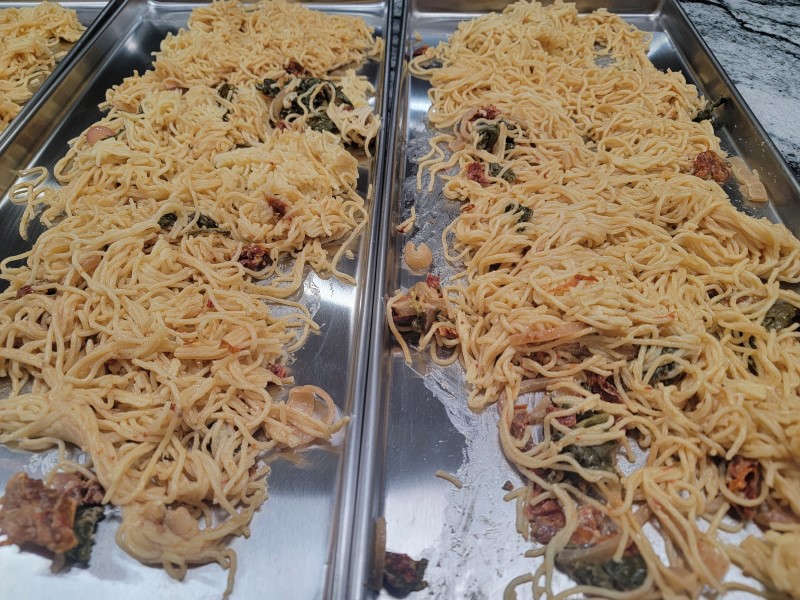
This meal is basically angel hair pasta, sun dried tomatoes (we bought a huge jar from Costco a while back that weren’t trying to use up), spinach, and some dairy of some sort (half and half, I think). It’s pretty good, actually.
After roughly 22 hours, it was done:

Here’s a closer look:
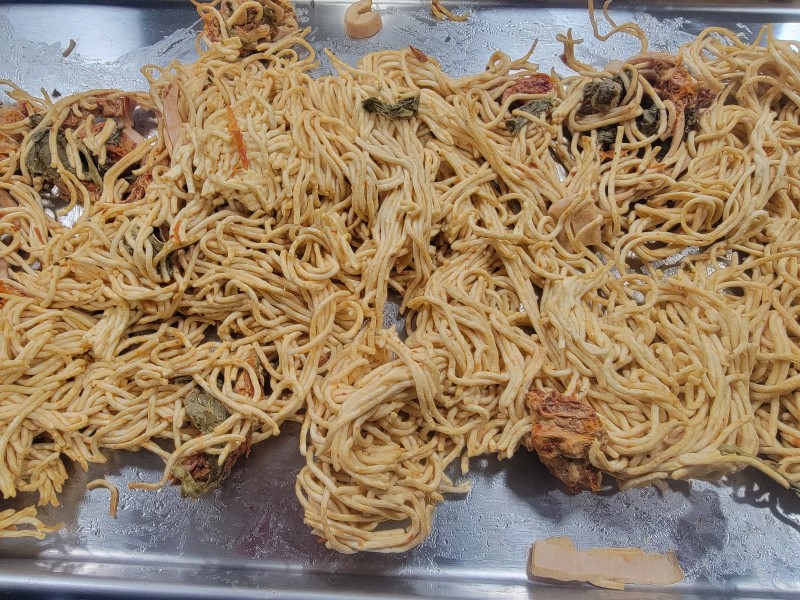
I know it doesn’t look appetizing, but it was good! As for storage, I needed five Mylar bags–one for each tray. But I had to break down the noodles a bit so that they didn’t take up too much space in each bag or else I probably would’ve need double that many bags. Sadly, I had to use my hands to do this. Normally, I utensils and a funnel to help ensure I don’t contaminate the food, so I’m hoping for the best. 🙂 Now that I think about it, I probably should’ve used gloves. Another lesson learned.
Ultimately, I ended up with about 25 ounces:
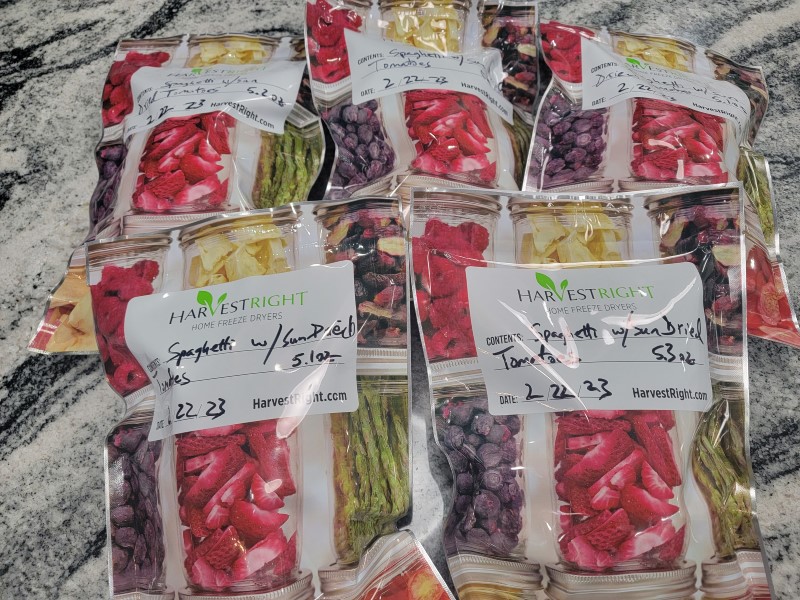
That might not sound like much, but I’d say that a single bag could feed two or three people a solid meal. I was curious if they sold freeze-dried pasta, but about the closest I could find was a #10 can (42 ounces) of chicken fettuccine alfredo. At just under $32, that’s not a bad price. Comparatively, I spent roughly $10 combined on electricity, Mylar bags, and oxygen absorbers, and that’s not including the cost of the ingredients, however much that was.
As with most everything I freeze-dry, I saved some out to test:

I know it’s difficult to tell from the photo, but this is a small Tupperware container, easily enough for lunch. I heated some water and submerged the food for about five minutes:

Although it looked ready, after the first bite I noticed the noodles weren’t quite soft enough. And because it was getting lukewarm as it is, I popped the bowl in the microwave for 30 seconds, which helped a lot. I tried a few more bites and found that I liked it soupy–sort of like Ramen noodles–but I drained the water anyway and tried it that way, too:
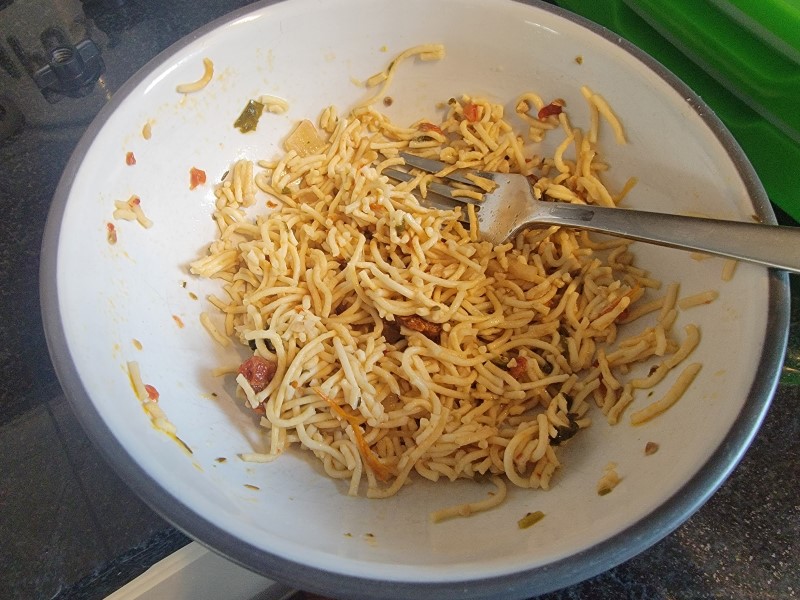
Not too bad, but I really seem to prefer the soupiness… just don’t tell my wife.
As for whether this was worthwhile, I’m still on the fence about that. Sure, I was able to put up a few ready-to-eat meals, but at what cost? At least, at what cost relative to other foods that I could’ve freeze-dried? Honestly, freeze-drying foods–even meals–that are 90% shelf-stable, such as this pasta dish or chili, still feels like a waste to me. In any case, I am continuing to learn and putting up food that we may need one day, so I’ll take the small win.
As for continuing my learning process, I’m nearly at a loss as to what I’m doing right or wrong with the impulse sealer and my ongoing battle with properly sealing Mylar bags. Every time I feel like I’ve figured it out, I get a mess like this, and I tried three times to get it right:
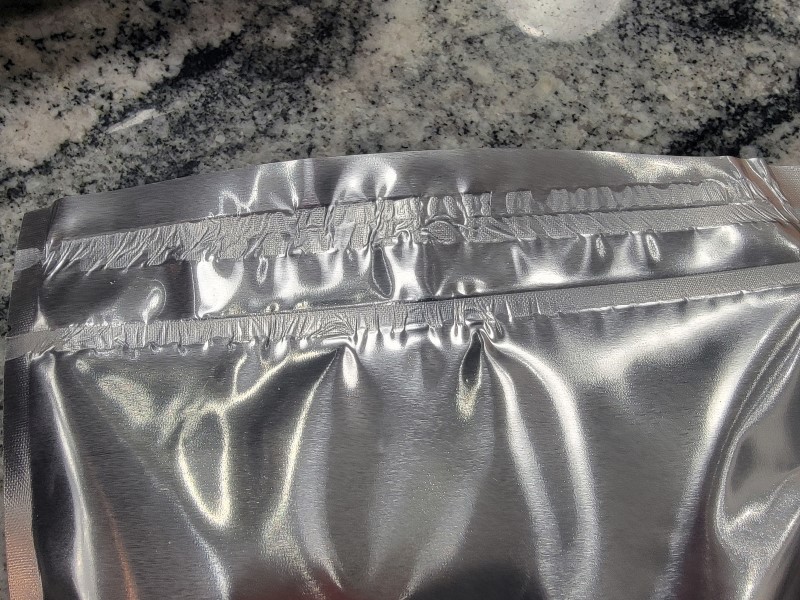
But then, even in the same batch of sealing, I get something that looks good:
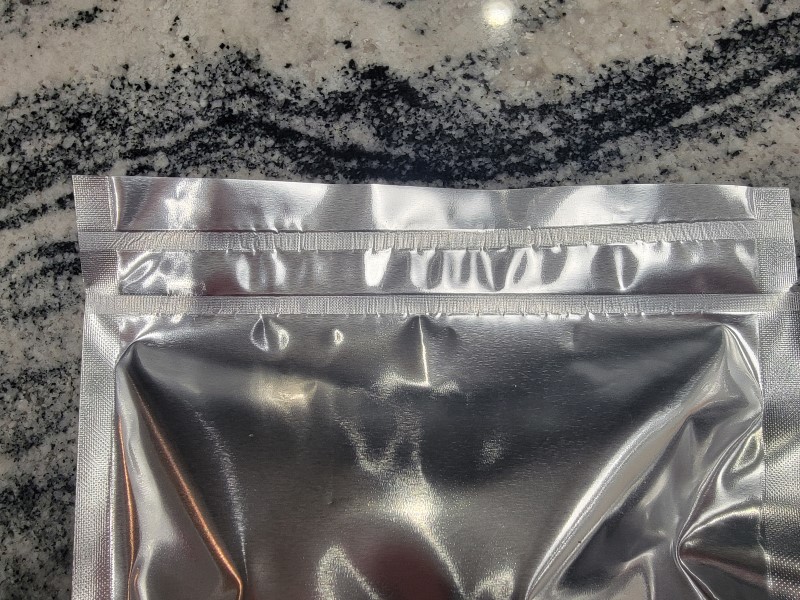
I don’t think it’s the temperature/time setting as sometimes the sealing works great and other times not. And I wait at least 30 seconds between sealings, like the instruction manuals states; yes, I read it front to back. I am concluding that the amount of pressure I use when sealing makes a difference. (I need to push harder.) And I wait several seconds after the impulse sealer finishes before letting go of the handle so that the plastic has time to melt and then cool. So, I really don’t understand what the deal is. I’ll keep trying and hope I figure out something at some point. Ugh.
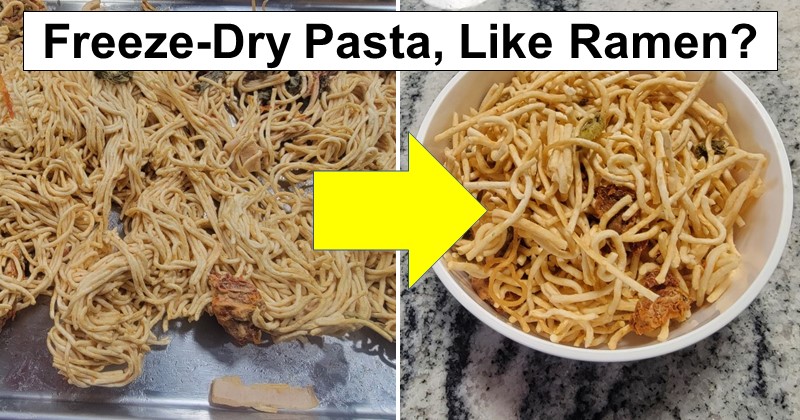
Leave a Reply